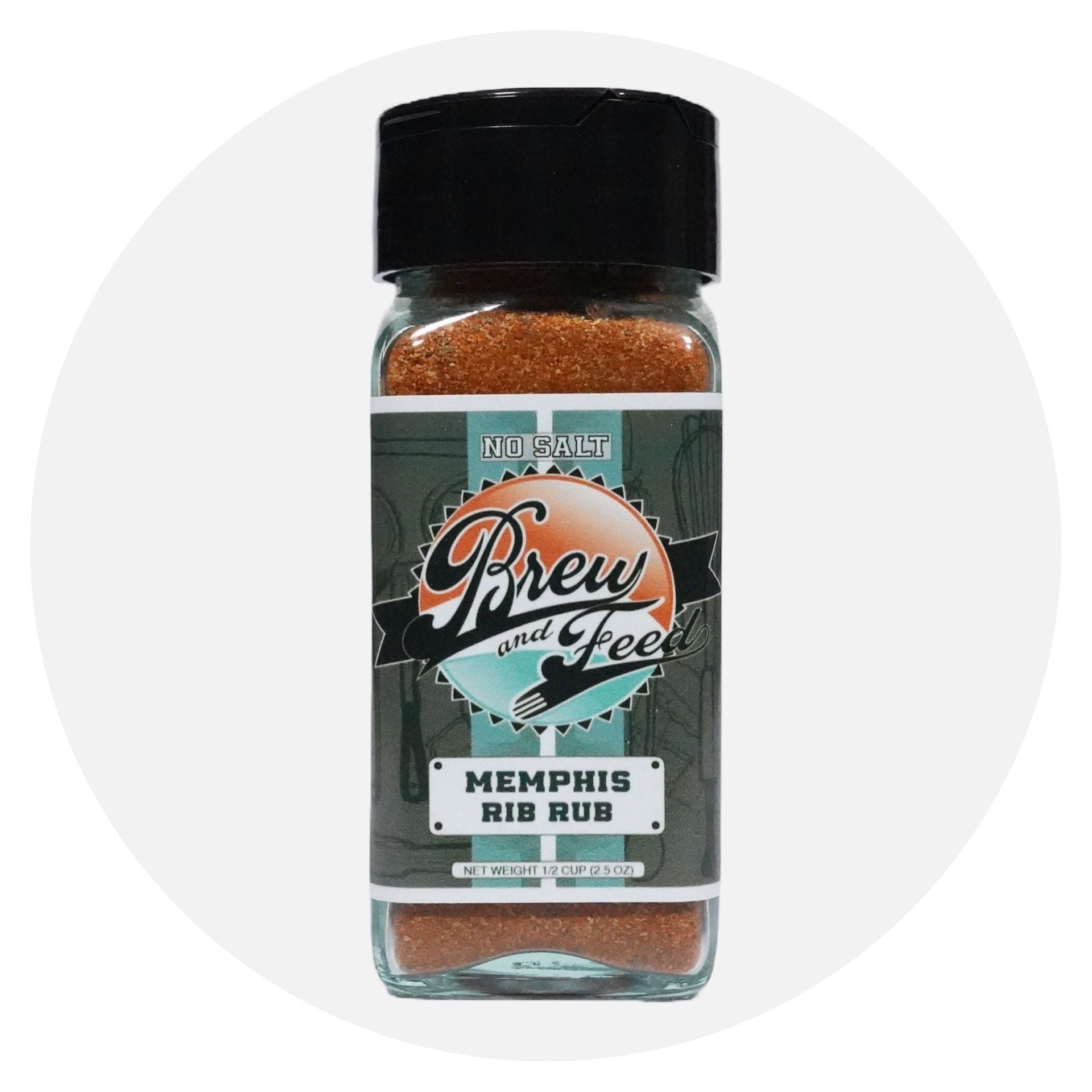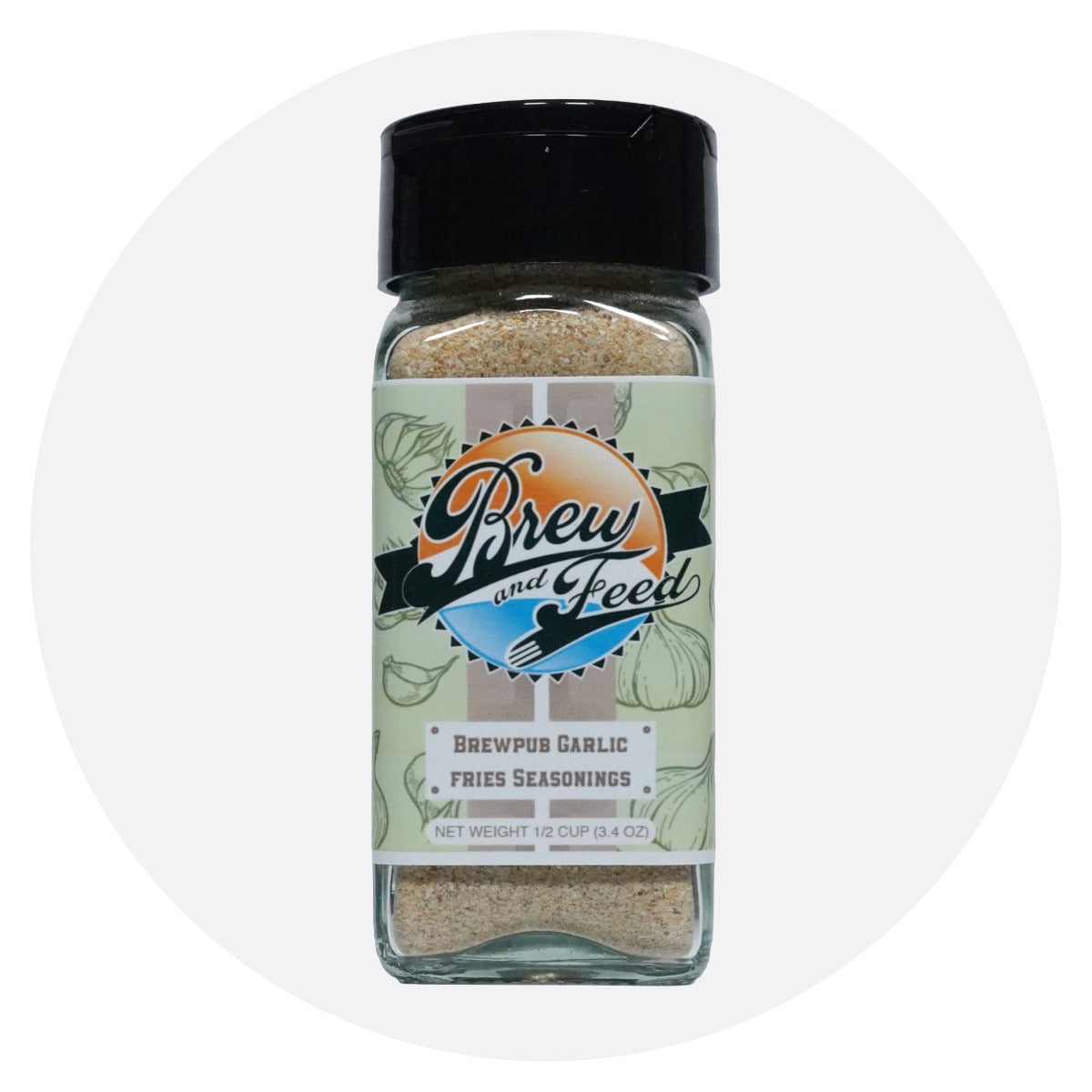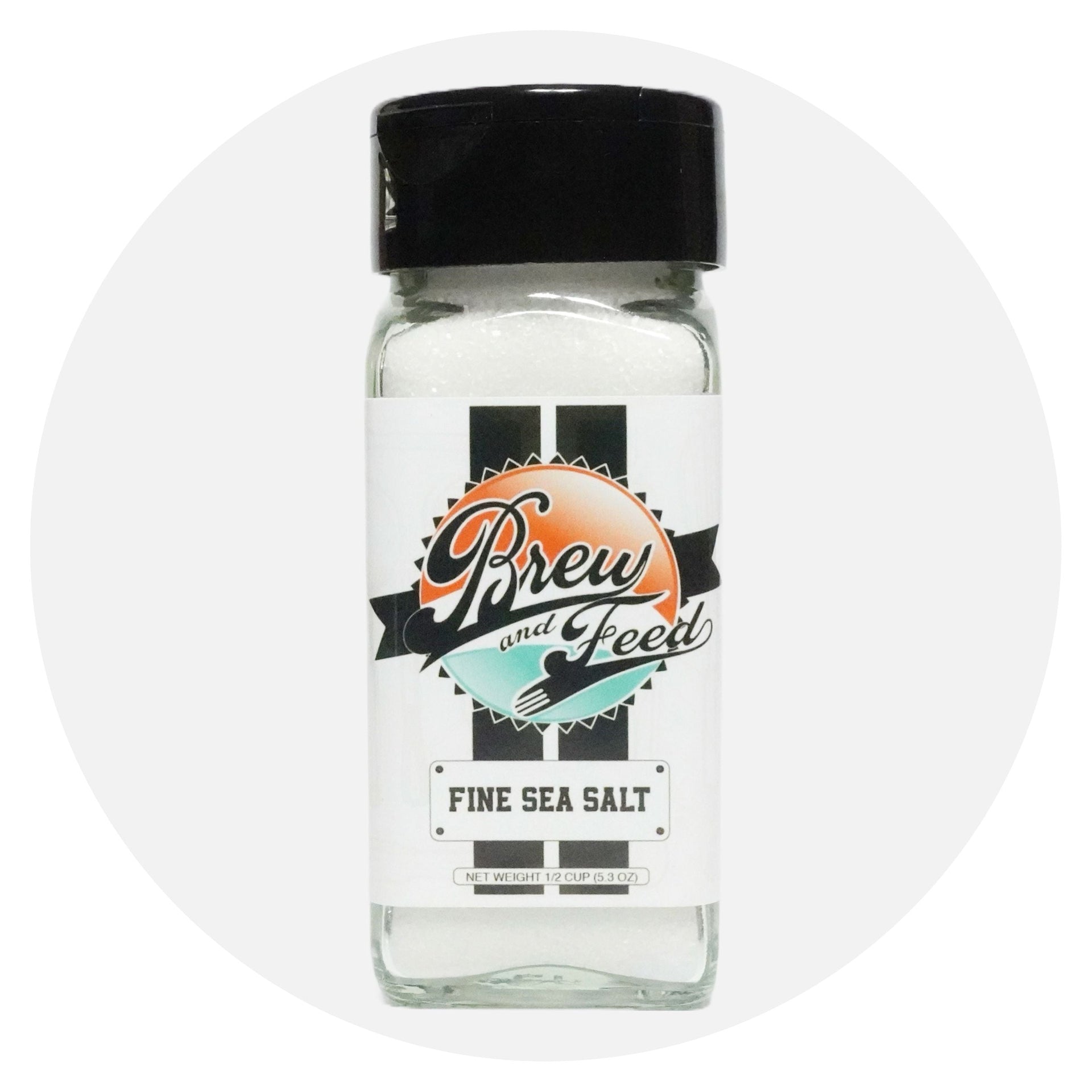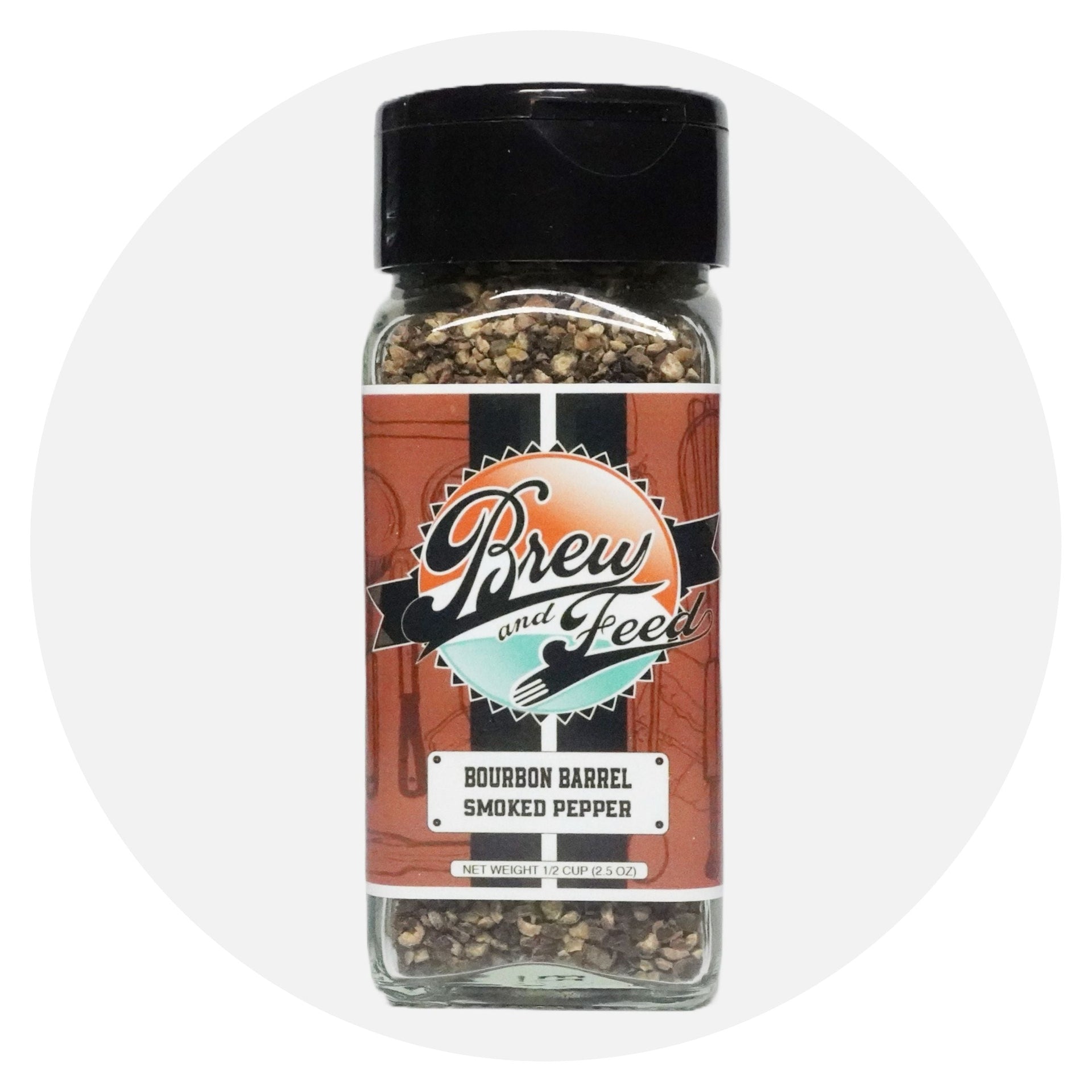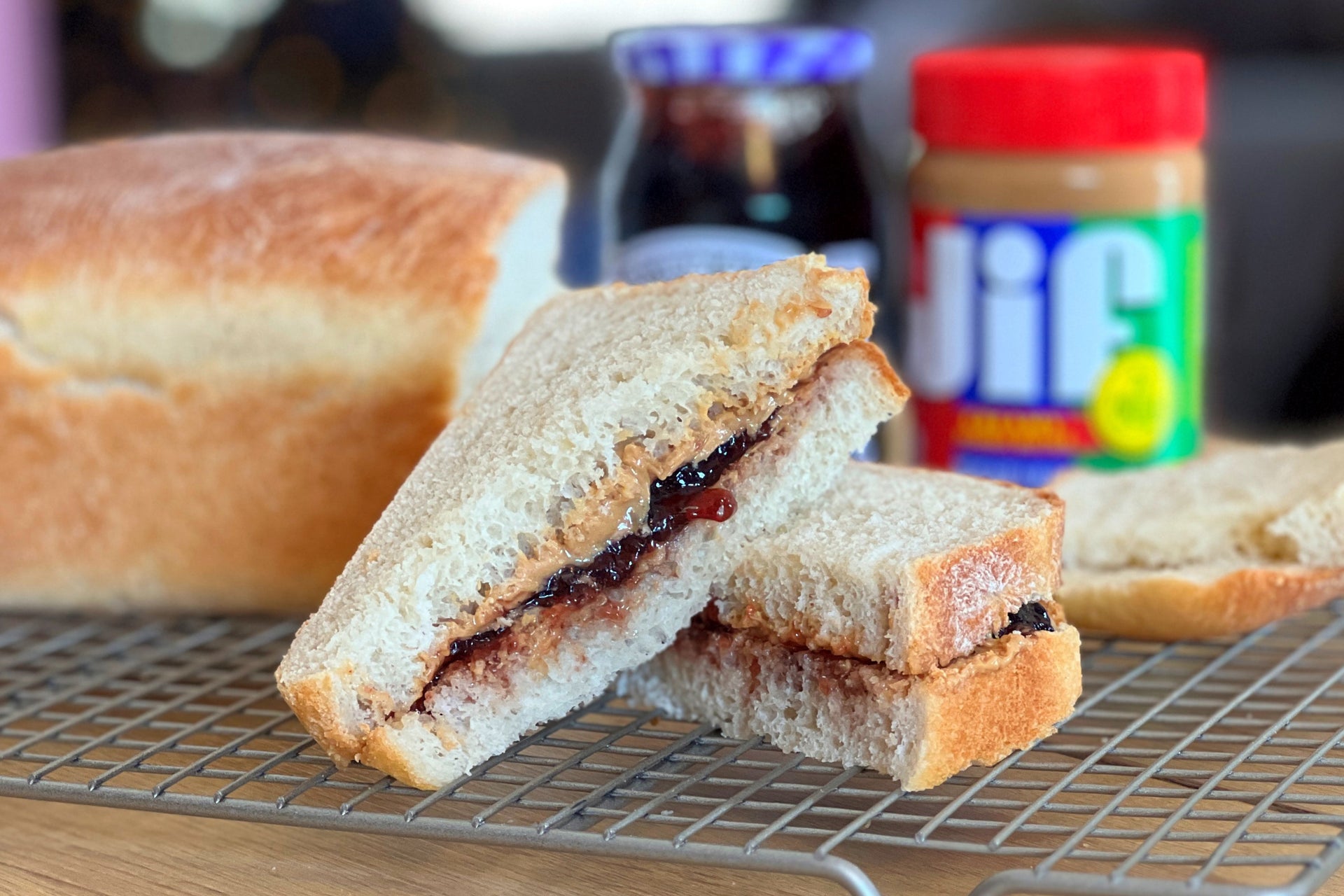
The Perfect Pair: A Brief History of the Peanut Butter and Jelly Sandwich
The peanut butter and jelly sandwich, a staple in lunchboxes and a comfort food for many, has a fascinating history that spans over a century. This iconic combination of creamy or crunchy peanut butter and sweet jelly or jam between slices of bread has become a beloved classic in American cuisine. Let’s take a journey through time as we explore the origins, evolution, and enduring popularity of the peanut butter and jelly sandwich.
The Birth of Peanut Butter:
The story begins with the invention of peanut butter, a product that has been embraced by cultures worldwide. However, it was Dr. John Harvey Kellogg, a physician and nutritionist, who patented the first process for creating peanut butter in 1895. Initially, peanut butter was considered a high-protein meat substitute, but its popularity skyrocketed when it made its debut at the St. Louis World's Fair in 1904.
The Introduction of Jelly:
Around the same time, fruit preserves and jellies were gaining popularity as a spread for bread. While ancient cultures had long preserved fruits with honey or sugar, it was only in the late 19th century that the commercial production of fruit preserves became widespread. The combination of peanut butter and jelly was a natural evolution, as both ingredients were becoming pantry staples in American homes.
The Military Connection:
During World War II, peanut butter and jelly became a standard part of the U.S. soldiers' rations. The convenience, high nutritional value, and non-perishable nature of both peanut butter and jelly made them ideal for military consumption. Soldiers, after returning home, brought their fondness for the PB&J with them, contributing to its widespread popularity.
Post-War Boom:
The post-war era witnessed a surge in convenience foods, and the peanut butter and jelly sandwich was no exception. With the advent of sliced bread and the affordability of peanut butter and jelly, the sandwich became a quick, easy, and economical meal for families across America. It also gained popularity as a go-to school lunch option.
Cultural Impact:
The 1960s saw the peanut butter and jelly sandwich solidify its place in popular culture. Its inclusion in lunchboxes and school cafeterias became a symbol of the American childhood experience. The sandwich's simplicity and versatility contributed to its widespread appeal, as it could be enjoyed by people of all ages.
Variations and Innovations:
Over the years, the classic PB&J has seen numerous variations and innovations. From the addition of banana slices to using artisanal bread and gourmet jams, people have found creative ways to personalize this timeless sandwich. Some even experiment with different nut butters, such as almond or cashew, and exotic fruit spreads to add a modern twist.
The peanut butter and jelly sandwich may have humble beginnings, but its journey through history reflects the changing tastes and preferences of generations. What started as a simple combination of pantry staples has become a cultural phenomenon, a symbol of comfort, and a timeless classic that continues to bring joy to millions of people. As we celebrate the history of the PB&J sandwich, let's appreciate the magic that occurs when two simple ingredients come together between slices of bread.
Suggested Recipe:
Toasted Peanut Butter & Jelly and Bacon
Prepare your taste buds for a culinary adventure with our Toasted Peanut Butter & Jelly and Bacon sandwich – a symphony of flavors that will tantalize your senses and redefine your sandwich experience..
The combination of these seemingly contrasting elements – sweet and savory, creamy and crispy – results in a sandwich that transcends the ordinary. It's a celebration of diverse tastes coming together in perfect harmony, each bite offering a symphony of sensations that dance across your palate.


